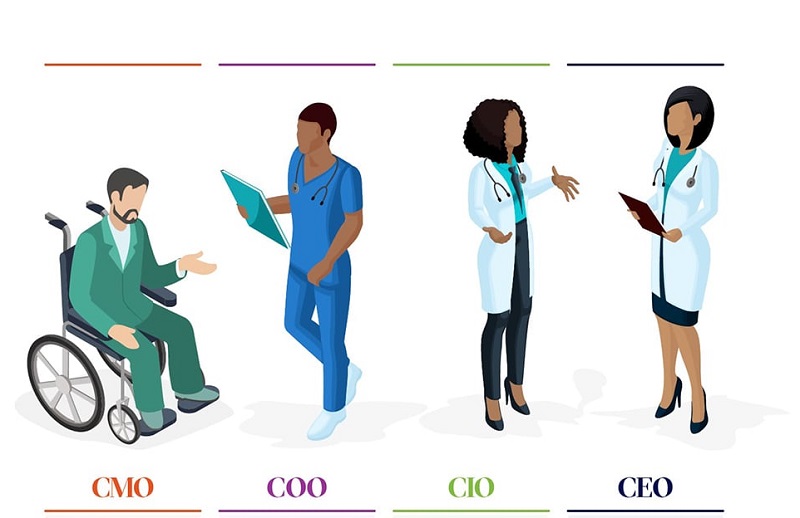Shared Decision-Making: How the C-Suite Can Take a Page from the Medical Community
The concept of shared decision-making in the medical community has been commonplace for years: a team of doctors, specialists and loved ones working together on complex issues to weigh different options and choose the best course of treatment. It’s a win for patients, for doctors and for the entire health care system.
Now it’s time for the C-suite to borrow a page from these medical textbooks.
The shared services economy is well underway — centralizing administrative functions, combining LOBs and streamlining data. According to Accenture, 91% of C-level executives view shared services as a critical success factor for reducing complexity, and 89% say shared services can be the foundation for a fundamental redesign of the company.
But to truly embrace this model, we must leap out of our silos and also embrace shared decision-making. The economic buyer is no longer one individual, but rather a team of executives — each with their viewpoint — working together for the better health of the organization. With each decision maker carrying a different perspective, having common ground helps make better and faster decisions.
In the infographics below, we take a closer look at four C-level personas and how they contribute to the economic buying process. We’ll examine their motivations, their differences and their similarities when it comes to shared decision-making.

In healthcare, the key to patient-centric shared decision-making is transparency to see the full picture of health. This is true for the C-suite too. Having the tools necessary to view all aspects of the business — and what drives fellow business leaders — is imperative to the health of any customer-focused organization.
In the Fourth Industrial Revolution, visibility equals agility and the business that moves the fastest wins the game. What’s required is a clear view of what the business needs to plan for and then execute. As with any technology investment, implementing technologies should have an intentional design to provide an end-to-end view of operations, real-time information to help everyone understand impacts, and then make intelligent decisions to manage risks and disruptions.
Blue Yonder’s Luminate™ Control Tower uses artificial intelligence (AI) and machine learning (ML) to offer real-time, end-to-end visibility, orchestration, collaboration and prescriptive resolutions across the entire supply chain. It’s a SaaS solution built to satisfy every persona and point of view.
By taking a strategic approach that builds greater connectivity across the supply chain, you can pave the way toward a fully connected future, while tackling the biggest challenges you face right now. To find out more about Luminate Control Tower and the next-generation Luminate Platform family, visit us at blueyonder.com.

